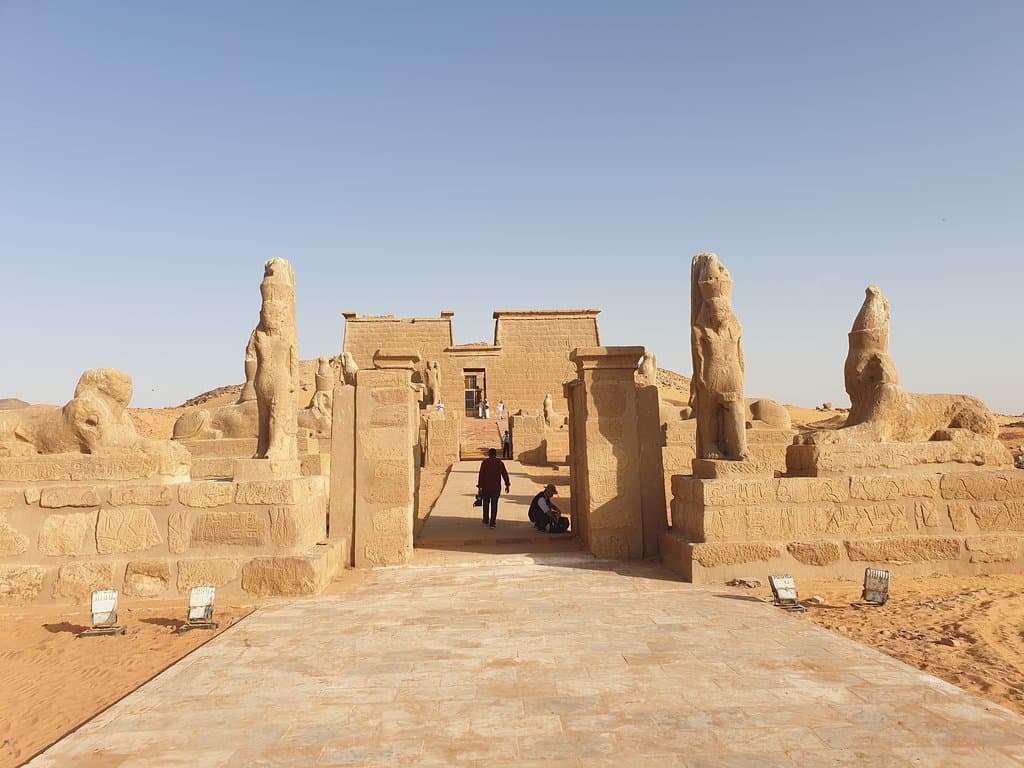
Wadi es-Sebua Temple
Discover Wadi es-Sebua, a remote Nubian temple complex featuring an impressive Avenue of Sphinxes and a history of remarkable relocation.

Highlights
Must-see attractions

Social
From TikTok & Reddit
Best Time
Pleasant temperatures for exploring

Wadi es-Sebua Temple
Best Time
Pleasant temperatures for exploring

Highlights
Must-see attractions
Discover Wadi es-Sebua, a remote Nubian temple complex featuring an impressive Avenue of Sphinxes and a history of remarkable relocation.
"The Avenue of Sphinxes and the temple's relocation story make Wadi es-Sebua a truly unique and awe-inspiring historical site."
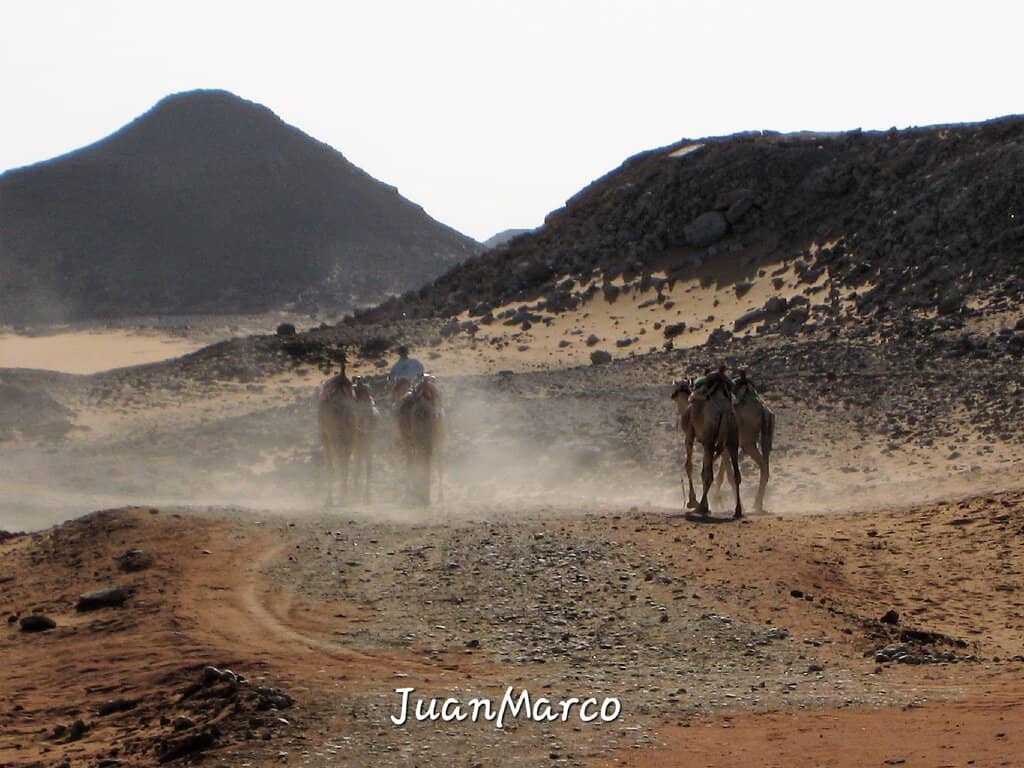
⏳ Allow ample time
Allocate 45-60 minutes to explore the site and capture its grandeur.
☀️ Beat the heat
Visit in the cooler months and aim for early morning to avoid the intense desert sun.
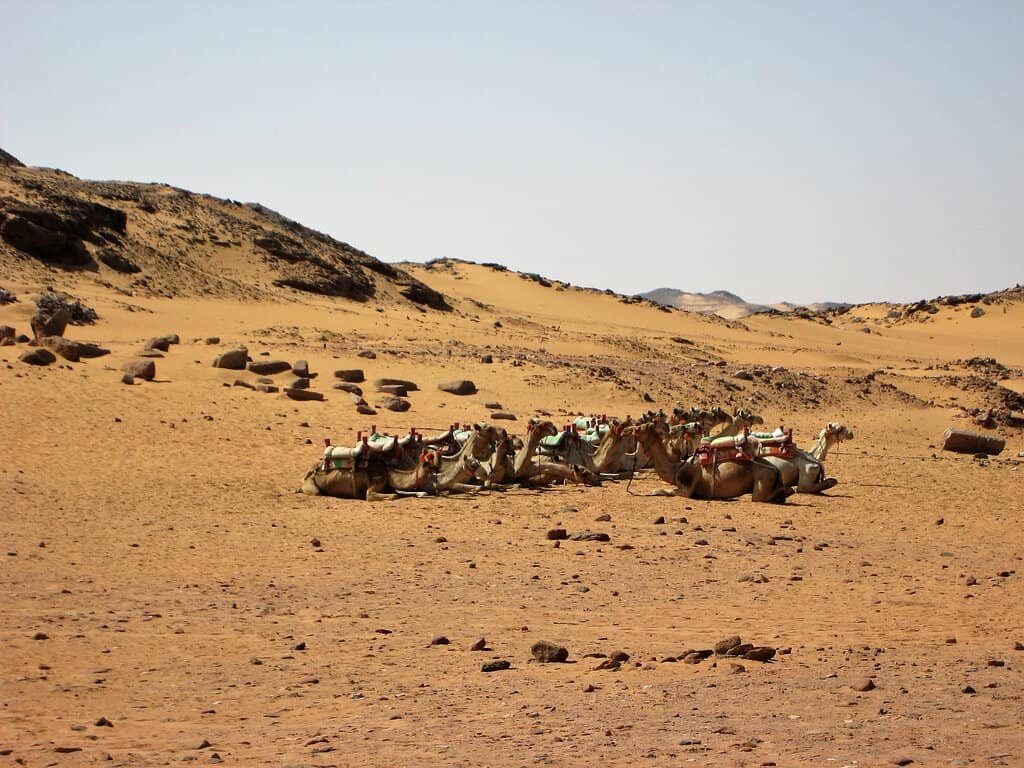
Highlights
Discover the most iconic attractions and experiences
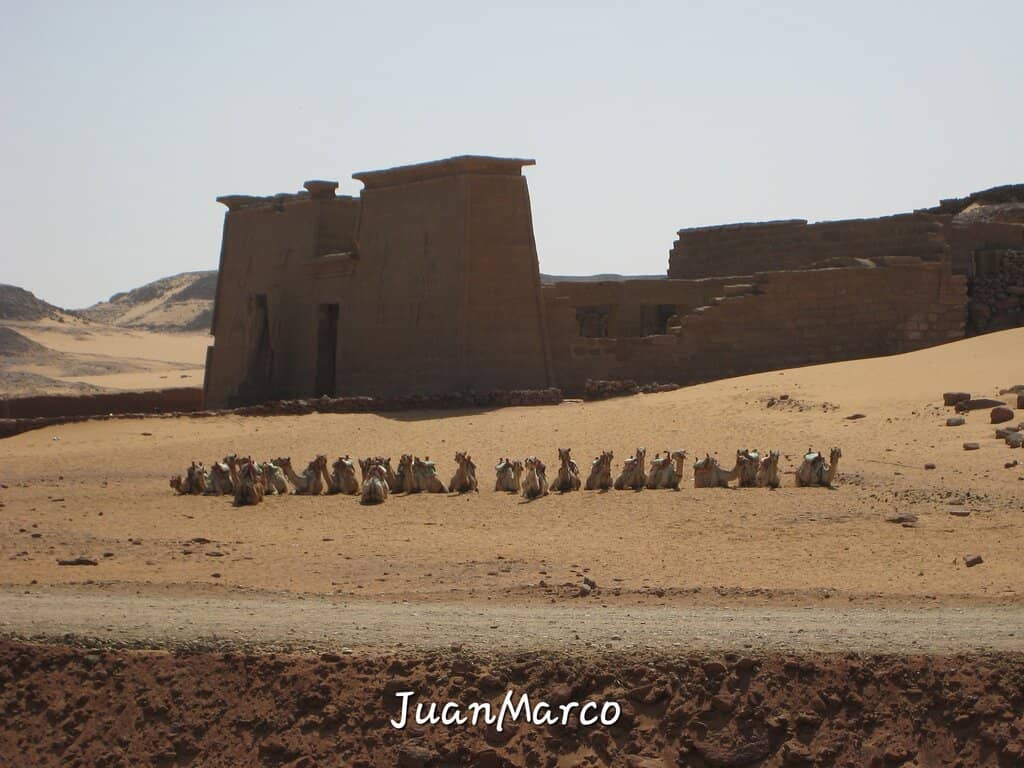
Avenue of Sphinxes
Entrance to the temple complex
An impressive processional way lined with leonine sphinxes, once guarded by human-headed and falcon-headed figures.
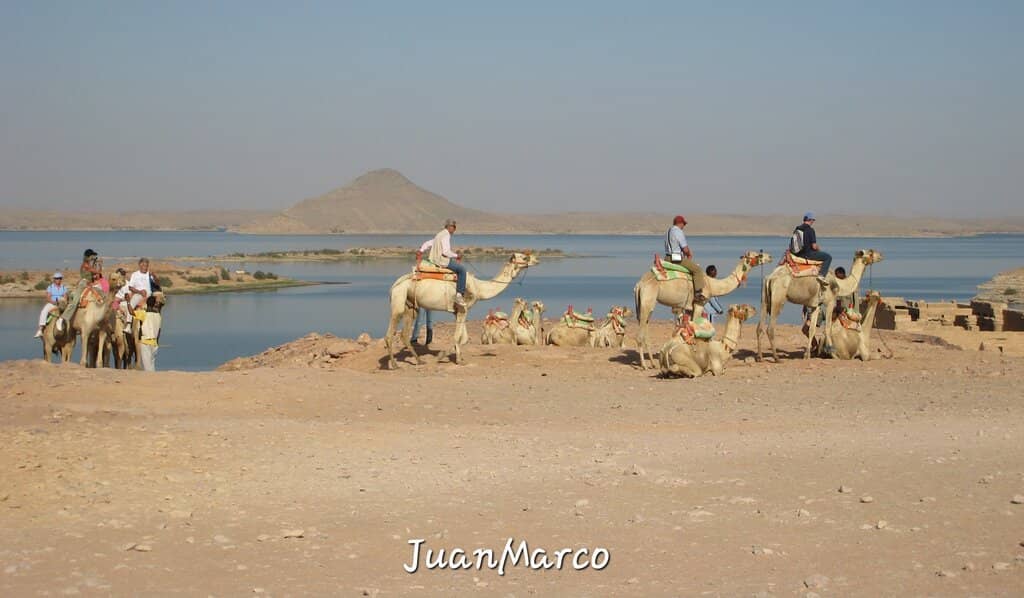
Rock-Cut Sanctuary
Inner temple chambers
Explore the hypostyle hall and sanctuary, carved directly into the rock, featuring reliefs of Ramses II and the gods.
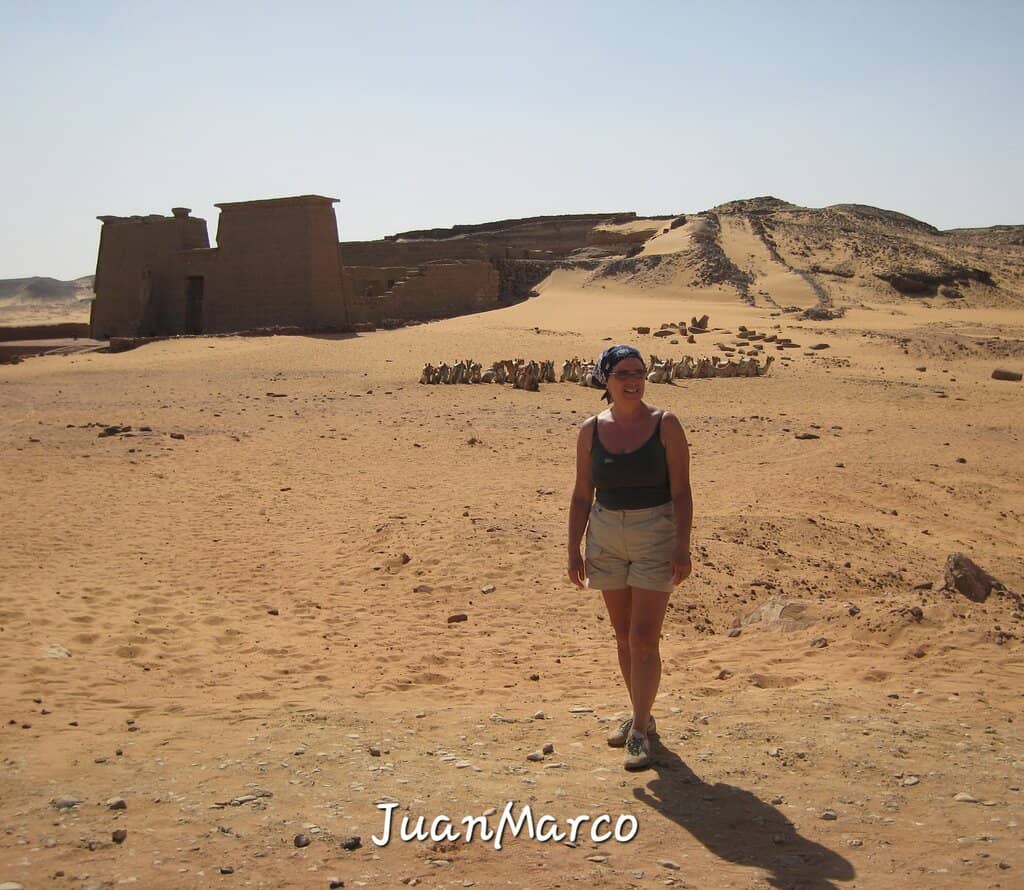
Colossus of Ramses II
In front of the pylon
The last remaining colossal statue of Ramses II, with a smaller depiction of his queen, standing as a testament to his power.
Plans like a pro.
Thinks like you
Planning Your Visit
Timing Your Visit to Wadi es-Sebua
Getting to Wadi es-Sebua
Best Times
Insider Tips
from TikTok, Instagram & Reddit
⏳ Allow ample time
Allocate 45-60 minutes to explore the site and capture its grandeur.
☀️ Beat the heat
Visit in the cooler months and aim for early morning to avoid the intense desert sun.
🚢 Nile Cruise Essential
Most visitors arrive via Nile cruise, making it a key stop on many itineraries.
💰 Ticket Price
Expect to pay around 70 EGP for admission to this historical marvel.
Tips
from all over the internet
⏳ Allow ample time
Allocate 45-60 minutes to explore the site and capture its grandeur.
☀️ Beat the heat
Visit in the cooler months and aim for early morning to avoid the intense desert sun.
🚢 Nile Cruise Essential
Most visitors arrive via Nile cruise, making it a key stop on many itineraries.
💰 Ticket Price
Expect to pay around 70 EGP for admission to this historical marvel.
📸 Sphinx Avenue Photo Op
The avenue of sphinxes is a prime spot for stunning photos, especially with the temple in the background.
What Travellers Say
Reviews Summary
Visitors praise Wadi es-Sebua for its impressive Avenue of Sphinxes and the fascinating history of its relocation. The remote, uncrowded atmosphere is a significant draw, offering a more personal encounter with ancient Egyptian architecture. Some note that the reliefs are less colorful than other sites, but the overall experience is highly regarded.
"Visited 20 October 2022
Ticket price 70 EGP.
Located 41km from the Amada Temples we find the second triad of Nubian temples : The Wadi es-Subuan temple complex.
The road journey was better in this part with only parts of it covered by sand and not as unkempt.
Being isolated again we were the only visitors at the site.
Built in the reign of the 19th Dynasty king Ramses II it was honoured to Amun, Ra-Horakhty and a deified Ramses. While the forecourts were free standing sandstone the sanctuary and hypostyle hall were rock cut.
Upon arrival you are met with an avenue of leonine sphinxes. Wadi es-Sebua means The Valley of the Lions.
The first court consists of six human headed sphinxes and the second court comprises four falcon headed sphinxes.
In front of the pylon Gate illustrating Ramses smiting his enemies is the last remaining colossus of Ramses II with a smaller image of his queen by his side
There is a flight of about twenty steps to reach the pylon from the sphinx avenue.
Passing through the pylon there is a colonnaded court housing ten Osirid pillars of the King. Another flight of a dozen stairs brings you to the hypostyle hall and sanctuary. The scenes are not as colourful as the Amada Temples but here you find Ramses worshipping and making offerings to the gods.
Unfortunately with the rise of Christianity, parts of the temple were destroyed including the figures in the niche of the sanctuary as well of those in the hypostyle hall.
Like the other temples in this area, it is only thanks to the international effort undertaken to protect this historical site from the Egyptian construction of the Aswan Dam. This particular temple was moved 4km from its original location.
As it is a larger temple I would recommend 45-60 minutes to wander through the area and get some wonderful vistas especially of the avenue of sphinxes."
S Hetherington
"The relocated Ramesside temples preserve 22 unique Nubian deity forms in their reliefs. The avenue of sphinxes still bears grooves from Pharaonic-era mooring ropes when Nile floods reached here. German engineers documented how the 1964 salvage operation used railway tracks from the abandoned Aswan quarry. Local farmers maintain the ancient basin irrigation system depicted in the agricultural scenes."
Arman Khachatryan
"Temple of Amada Wadi El-Sebua This is the only temple that has north and south orientation . Days passed, and during the construction of the High Dam in the sixties, the temple was about to be submerged due to the rising water level in Lake Nasser. Fortunately, the French mission working on the project moved it . The Nubian monuments were rescued in 1962 in the New Amada area, about 2.5 km from its original location. Iron bars were placed under the temple's foundations and it was moved on railway tracks. The problem was that the temple walls were cracked and if dismantled it could be destroyed during dismantling and reassembly. They found the best solution was to move the temple in its original condition. They reinforced the corners and wrapped it with steel wires and cement beams under the temple. They then lifted the temple, which weighed 900 tons, on railway tracks . Because of its small size, it was moved once, and was dragged this distance at a rate of 100 meters of movement per day until it settled in its new location. They chose winding paths to keep away from hills, sand, and uneven lands. After a process that took about 3 months, a distance of 2.5 km, and a height of about 65 meters, the temple settled in its place safely ."
Ismail Turki
What People Like
What People Dislike
Frequently Asked Questions
🚇 🗺️ Getting There
Wadi es-Sebua is quite remote, located about 165 km south of Aswan. The most common and practical way to visit is by joining a Nile cruise that stops at this site, or by arranging a private tour from Aswan. Independent travel is very difficult due to the location and lack of public transport.
Yes, it is accessible by road, but the journey can be challenging. The road conditions vary, with some parts being sandy and unkempt. Tours often use this route, and it's generally better maintained than some other remote sites.
While technically possible with a dedicated private tour, it's a long day trip due to the distance. Many travelers prefer to visit as part of a multi-day Nile cruise for a more relaxed experience.
Experiencing Wadi es-Sebua as part of a Nile River cruise offers a unique perspective, allowing you to arrive by boat and appreciate the journey as described in classic literature.
Within the temple complex itself, you'll be walking. The main 'transport' is the journey to get there, often by boat if you're on a cruise.
🎫 🎫 Tickets & Entry
The ticket price for Wadi es-Sebua Temple is approximately 70 EGP. It's advisable to confirm the current price upon arrival or with your tour operator.
While specific hours aren't always widely published for these remote sites, they are generally accessible during daylight hours when tours are operating. It's best to check with your tour provider for the most accurate timings.
Tickets are typically purchased on-site or included in your tour package. Advance booking isn't usually necessary for individual entry, but tours should be booked ahead of time.
Yes, Wadi es-Sebua is often included in longer Nile cruise itineraries or specialized Nubian temple tours departing from Aswan.
Discounts are not commonly advertised for Wadi es-Sebua. Standard admission fees apply, but student or group rates might be available through tour operators.
🎫 🧭 Onsite Experience
Don't miss the impressive Avenue of Sphinxes at the entrance, the rock-cut sanctuary with reliefs of Ramses II, and the last remaining colossus of Ramses II. The unique Nubian deity forms in the reliefs are also noteworthy.
It's recommended to spend around 45-60 minutes exploring the temple complex to fully appreciate its scale and details.
Due to its remote location, Wadi es-Sebua is often less crowded than more accessible sites. You might find yourself as the only visitors, especially if you arrive outside peak tour times.
Originally built by Amenhotep III and enlarged by Ramses II, the temple was dedicated to Amun, Re-Horakhty, and Ramses II. It was later converted into a Christian church, showcasing layers of history.
Photography is generally allowed at Wadi es-Sebua. The Avenue of Sphinxes and the temple interiors offer fantastic photo opportunities.
📸 📸 Photography
The Avenue of Sphinxes is a prime location for dramatic shots. The entrance pylon with the colossus of Ramses II and the interior reliefs also make for compelling photographs.
Yes, you can photograph the reliefs inside the rock-cut sanctuary and hypostyle hall. Be mindful of lighting conditions, as some areas might be dimly lit.
Early morning light can be beautiful for capturing the sphinxes and the temple's exterior. Midday sun can be harsh, but it can also create dramatic shadows within the temple.
Generally, no specific restrictions are mentioned, but always be respectful of the ancient site and avoid using flash photography in sensitive areas if it seems inappropriate.
A wide-angle lens is great for capturing the scale of the Avenue of Sphinxes and temple interiors. A zoom lens can be useful for details in the reliefs.
For Different Travelers
Tailored advice for your travel style
👨👩👧 Families with Kids
While the temple itself is ancient and might require some supervision, the sheer scale and the story of its relocation can be fascinating. Consider bringing along some simple guides or drawing materials to keep younger ones engaged with the hieroglyphs and statues. The journey to the temple, often by boat, is also an exciting part of the experience for families.
🚢 Nile Cruisers
This stop is typically well-integrated into cruise itineraries, with guides providing context on the temple's history and its remarkable relocation. The relatively uncrowded nature of the site allows for a more intimate experience with ancient history.
Deep Dives
In-depth insights and expert knowledge
The Remarkable Relocation of Wadi es-Sebua
The relocation process was a marvel of engineering. The temple was moved in its original condition, a testament to the careful planning and execution. This rescue mission ensured that the unique reliefs, including 22 unique Nubian deity forms, and the historical narrative preserved within its walls, would not be lost to the waters. The grooves from Pharaonic-era mooring ropes still visible on the avenue of sphinxes are a poignant reminder of its original proximity to the Nile.
Today, visitors can marvel at the resilience of this ancient site, a direct result of human ingenuity and a commitment to preserving cultural heritage. The journey to Wadi es-Sebua, often by boat, adds to the sense of discovery and appreciation for the efforts made to save it.
Architectural Layers of Wadi es-Sebua
Ramses II significantly enlarged the temple, dedicating it primarily to Amun-Re, but also honoring himself and Re-Horakhty. He added a grand processional way, featuring an avenue of sphinxes, and a hypostyle hall. The temple's design includes both free-standing sandstone courts and rock-cut chambers, demonstrating diverse construction techniques. Later, during the Christian era, parts of the temple were repurposed and transformed into a church, with some figures and reliefs being destroyed or altered.
These layers of history—from ancient Egyptian worship to Christian adaptation—make Wadi es-Sebua a unique site for understanding the evolving religious and cultural landscape of Nubia. The reliefs, though not as colorful as some other sites, still offer valuable insights into Pharaonic rituals and beliefs.
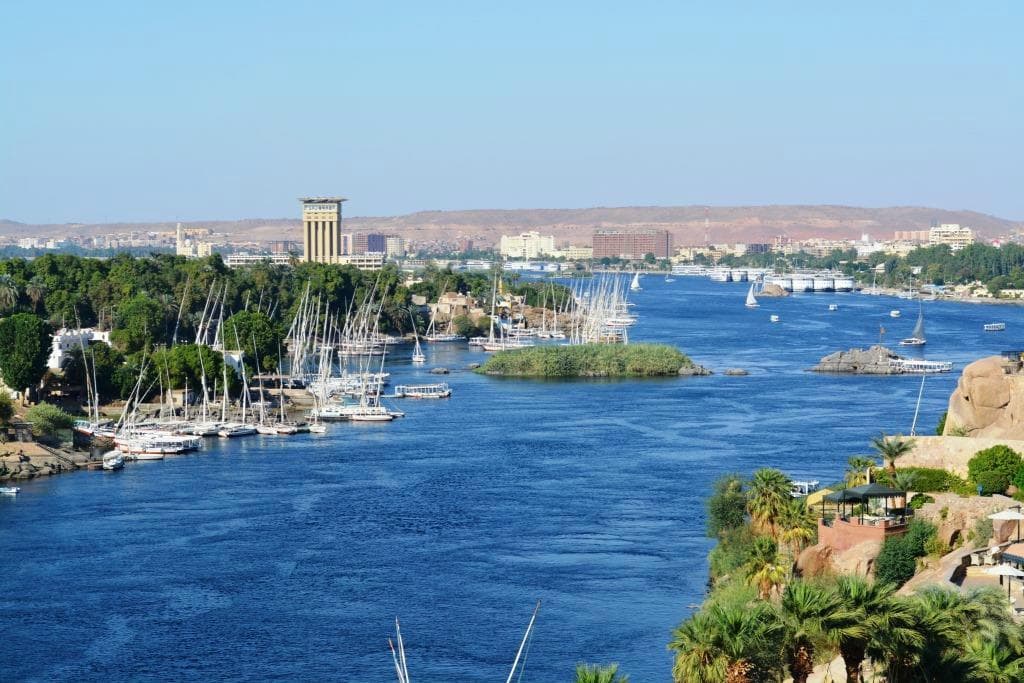

Social
from TikTok, Instagram & Reddit